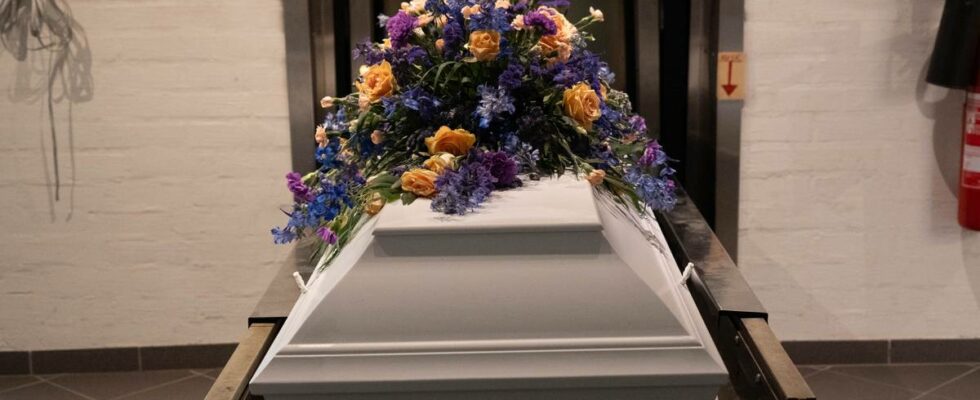It is quiet inside the crematorium in Steinkjer. Due to environmental concerns, they are allowed to cremate a maximum of 200 people a year. That limit was reached at the end of August, says Per Ivar Nicolaisen. He is operations manager in Steinkjer. – We have a huge increase in the number of dead, and that number will most likely increase. So far, seven families have been told that they must send their deceased family members to Trondheim to have them cremated there. It also costs more there than in Steinkjer, writes the industry website Grav24. There will be no more cremations in Steinkjer this year because the quota has been used up. Photo: Tariq Alisubh / news If the capacity is to be increased, large investments must be made. It is also necessary to meet the needs in the rest of Norway. The bill may end up with people in the individual municipality. No right Two weeks ago, a new report came out about crematoria in Norway. It shows that there is cause for concern. Last year, approximately 44,000 people died in Norway. In 2050, that number will be up to 60,000. At the same time, more and more people want to be cremated. According to the report’s calculations, there will be 15,000 more cremations in 2050 than there is capacity for today. Randi Moskvil Letmolie in the main organization KA has participated in the investigation on behalf of the Ministry of Children and Families. – Here you should think about the hill you want to set yourself up for in the future. But at the same time, there is no right in the law to be able to be cremated. No one has a right to make a crematorium available. Photo: Geir Anders Rybakken Orslien / KA In practice, it is voluntary for municipalities to have arrangements for this. It is also up to the municipalities to find money to build or refurbish crematoria. This means that there are big differences between different parts of the country. In Oslo, for example, they have a crematorium that is large enough to take care of the dead both from the capital and many of the surrounding municipalities. – If they get an increase in their own needs for their own residents, then there will be less for those who live in surrounding areas, says Letmolie. Elsewhere, it is so far from the nearest crematorium that very few people use this solution. Costs Today it is free to have someone buried in a coffin. That is what it says in the law. This is not the case for cremations. – Some municipalities fully cover the cremation fee. Some cover some of it. Some cover nothing. Because there is no right that the bereaved have, says Letmolie. The price of cremation in Steinkjer has risen from NOK 2,500 to NOK 7,000 in one year. Photo: Tariq Alisubh / news But if everyone who wants to be cremated in the future will need a lot of money. – Based on the calculations and available experience material, it is estimated that an investment need of over NOK 1.4 billion is required, the report states. Letmolie says a new crematorium will probably cost around NOK 160 million. If the rules are not changed, it will still be up to the individual municipality to find a solution. At the same time, there may be money to be saved by making the investment. Because with more dead, the municipalities will have to expand the burial grounds. Then cremation and urn reduction, which take up much less space than a coffin, can be a profitable solution. Photo: Tariq Alisubh / news In Steinkjer, church guardian Ove Austmo is unsure of the way forward. – We must have a large treatment plant. It is not possible in the crematorium we have in Steinkjer. If we are to build a new one, it will cost many tens of millions of kroner. Minister for Children and Families Kjersti Toppe writes in an email to news that the ministry is aware that Norway has challenges with capacity in crematoria. – The burial grounds are a local responsibility. We are a long way from the cremation capacity in Norway being exhausted, but it is the ministry’s responsibility to assess whether there is a need for measures to meet the challenge of crematoria capacity. Rule changes and financial consequences must be investigated in more detail, which we are in the process of doing. Published 18.09.2024, at 17.48
ttn-69
Norway has too few crematoria to take care of everyone who wants to be cremated in the coming years – news Trøndelag – Local news, TV and radio

